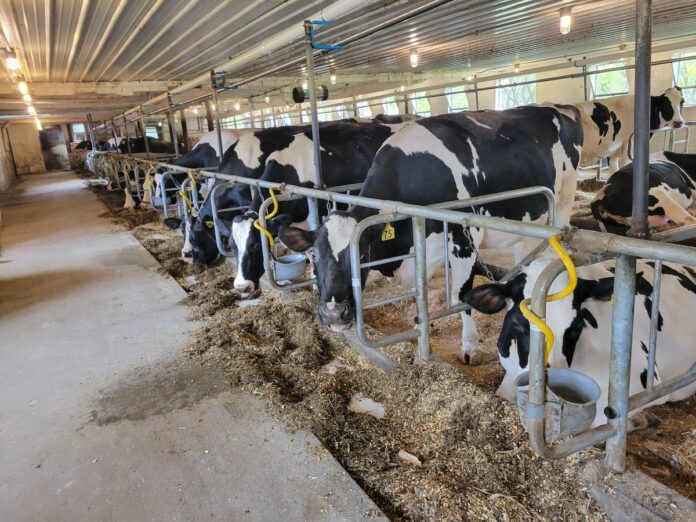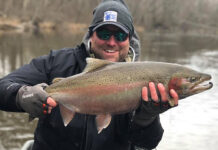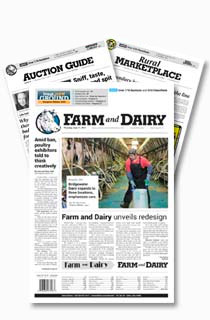
You’ve probably heard people talk about animal welfare. But what does it really mean? And how is it different from animal rights? Let’s break it down simply.
Animal welfare vs. animal rights: what’s the difference?
Animal welfare and animal rights are often confused, but they mean different things.
Animal welfare is about ensuring animals are well cared for, healthy and housed in environments that support their natural behaviors and emotional well-being. It is based on science and considers both the needs of animals and their use in farming, research and companionship. Animal welfare exists on a spectrum from poor to good, with death being the ultimate consequence of extremely poor welfare.
Animal rights, on the other hand, can mean different things. The most well-known interpretation is the belief that animals should not be used by humans at all. Some philosophers, like Tom Regan, argue that animals should have the same rights as humans and should never be used for food, research or entertainment.
The three aspects of animal welfare
Animal welfare is based on three main components: body, mind and nature. Science helps us understand each of these, but deciding which matters most is an ethical question. Because each aspect plays a vital role, different groups may prioritize them differently based on their perspectives and experiences.
1. Body: physical health. A key part of animal welfare is ensuring animals are physically healthy. This is the most studied aspect of welfare and includes factors such as growth, health, reproduction, nutrition and production — areas that veterinarians and farmers focus on most. A healthy body is essential, but it’s only one part of welfare.
2. Mind: emotional well-being. Animals experience both negative and positive emotional states, such as fear, pleasure, hunger and distress. These emotions evolved to help animals avoid harm (negative) and seek out resources (positive). An animal’s emotional state, shaped by how it perceives and interacts with its environment, is central to its welfare.
Measuring these emotions reliably remains one of the greatest challenges in animal welfare science, but considerable progress has been made. For example, providing pain relief during procedures like castration greatly improves welfare. Similarly, using fans and soakers helps keep animals comfortable during warm months.
3. Nature: ability to live a reasonably natural life. Natural living refers to fulfilling an animal’s nature by allowing it to express instinctual behaviors that are important to them. Some of these behaviors, such as social interactions, foraging and grooming, are fundamental to an animal’s quality of life. In animal agriculture, this means creating conditions that support these behaviors.
For example, dairy cows value access to pasture as much as they value their rations, and when given a choice, most calves prefer to cuddle with a pen mate rather than be alone. This aspect of welfare is especially important to society in general.
My job as an animal welfare scientist
As an animal welfare researcher, I gather scientific data to understand how animals perceive and respond to their surroundings. For example, research examines how animals cope with heat and cold, as well as how management practices affect illness and recovery. Housing conditions and handling methods are also evaluated to assess their impact on stress and well-being.
In addition to conducting research, I develop science-based solutions to improve animal care while considering practical applications. This includes developing technology to help farmers detect disease before animals show clinical signs and creating cooling strategies that optimize both welfare and resource efficiency to mitigate heat stress.
Beyond research, I communicate these findings to those involved in decision-making — such as farmers, veterinarians, policymakers and the broader society — so they can make informed choices that support both animal welfare and agricultural sustainability.
Why animal welfare matters
In animal agriculture, animal welfare is key to sustainability, as it reflects both ethical and social responsibility. By working together — farmers, researchers and the broader society — we can ensure that animal welfare remains a priority while fostering a more sustainable and responsible food system for future generations.












